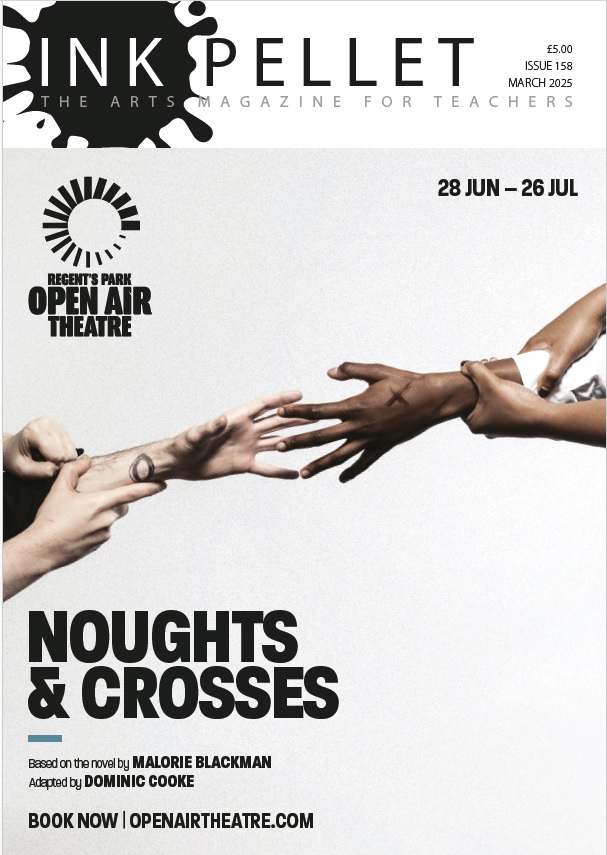Phil Beadle: How to Teach Published by Crown House Publishing Limited
Review by Peter King
You have to take your hat off to anyone who has spent half a lifetime firing the enthusiasm of inner city children – and survived to tell the tale. However, this kind of book brings out the teacher in you – and you find yourself scribbling crosses and exclamation marks as well as ticks.
Top marks for common sense go to Phil Beadle’s observation: ‘A teacher without a seating plan is a dunce and is asking for it.’ But his follow-up observation – ‘Having your desks set out in groups is the right way to organise your classroom’ – is likely to make you scrawl an upper case ‘NO!’
It brings back memories of misguided heads of department trying to impose this road to ruin on their colleagues as well as all those mind-numbing INSET days when you were told to get into groups and try to think of something to say. Some of the advice is spot on: ‘Look to find the person behind the behaviour – the person that you like, who made you laugh yesterday and who, you suspect, is having a tough time at the moment – and speak to them.’
An A star should also be awarded for the line, ‘The teacher you are going to be is a version of yourself if you were, to quote Lou Reed, “Someone else, someone good”.’ And the sanctioning of laughter in the classroom for children who do not get too much at home, together with the attack on the ‘ubiquity and tyranny’ of the interactive whiteboard, merits universal praise.
A question mark, nevertheless, hangs over the author’s compulsion to address fellow professionals in kidspeak. We all know that adolescents revel in the reproductive and delight in the defecatory, favouring expressions like ‘I wouldn’t give a toss’, ‘dumb-arsed’ and ‘I had lucked into a completely shit job’ – and we are also familiar with their sloppy English, such as ‘off of’, ‘it’s’ for ‘its’ and ‘affects’ for ‘effects’, but why affect this if your subject is supposed to be English?
One of the exclamation marks was next to this classic recipe for ending a lesson, which is described as the ‘wandering plenary’: ‘Get the kids to walk aimlessly around the room. Every time they bump into a person they tell each other what they learnt.’
We have all had moments like this, but they are not generally occasions which have been planned.



